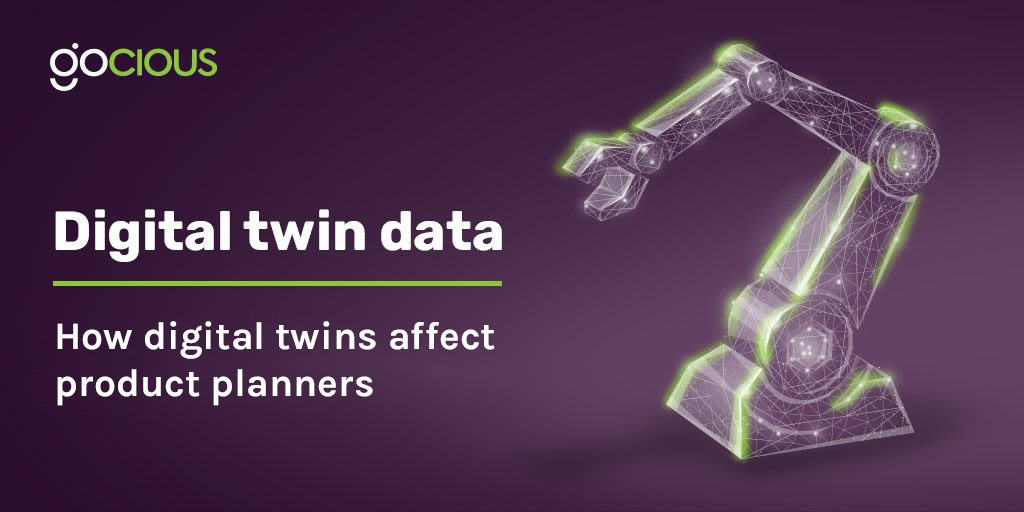
The hallmark of a good company is that it’s sensitive to the ways in which users want them to improve their products. The benchmark for sensitivity, however, has changed dramatically over the past few years. Product lifecycles are much shorter—across manufacturing industries, companies now derive more than half their revenue from products less than three years old. In other words, product planners need to begin adopting an Agile mindset iterating the new and improved version of their product almost as soon as the Mark One version hits the shelves.
Inspiring product planners to make use of digital twins
Digital twins are designed to provide the manufacturing workforce with a detailed virtual model of their entire supply chain, from parts and inventory to capital equipment to the product itself. Product planners, meanwhile, encounter digital twin information when it becomes clear that customers aren’t using a product as intended, are avoiding useful features, or where it becomes clear that a need for a new feature exists.
One example (that you may have encountered in your home) is the Nest thermostat. From the beginning, the Nest thermostat was designed to send anonymized user information back to the parent company, creating a digital twin of the product. Nest designers learned that users often set their thermostats in predictable patterns. As a result, they were able to create machine learning software that would allow the thermostat to learn when to adjust the temperature, saving users the effort of manually setting it every time.
Not every company is Nest, however. Product planners must deliberately adopt an agile mindset in order to make use of customer data. Otherwise, product planners and designers may not see how having access to digital twin information makes their job easier, however—or if they do see it, they may still be unable to make use of this information effectively.
First, digital twins offer reams of information, and not all of it is relevant. A product like a car now has thousands of sensors, instrumenting the brakes, the steering, the infotainment center, the tire pressure, and so on. Out of this data, where can you point to a specific pattern that indicates the need for a new or revised feature? If you parse the data manually, it can take weeks or months—and meanwhile, some customer somewhere is writing up a bad review.
Second, planners need to make the case that the expense of making a change will be balanced out by the benefit of meeting customer demand. Customers might be irked for a number of reasons, but is this worth designing a new part or asking developers for a new software update? Creating the cost-benefit analysis and presenting to executives might also take weeks.
Lastly, if executives decide that the expense of creating a new feature doesn’t justify the benefit it brings, then all of the weeks the product planner spent evaluating digital twin data are also wasted. Product planners need a much faster way of highlighting data, tracing down meaningful patterns, and presenting authoritative cases for changing the manufacturing process—otherwise they use digital twin data in an Agile manner.

Gocious gives tools to act aggressively on design changes
At Gocious, we’ve created a Product Decision Analytics Platform that allows product planners to make changes rapidly once they have the information from digital twin to their product definitions, analyze accuracy and market fit, and make the new information available to all stakeholders from one place.
For product planners, this has the effect of turning digital twins from databases into tools for decision-making. By giving product managers the ability to commit to advanced decisions faster, they can finally contribute to shortening the product lifecycle, allowing manufacturers to turn on a dime and meet rapidly changing customer demands. For more information about Gocious and how it can improve the way you work, request a demo today.
Don't miss our webinar!
If you're a manufacturing product planner, designer, or engineer, join us on Thursday, July 30, 2020, for our webinar: Customers want customization...but do they want the options? In this webinar, experts from JATO Dynamics market research and Gocious product decision analytics will explore and discuss trends around customer behavior in manufactured products. 



